#Carl Brandt
Explore tagged Tumblr posts
Text

Happy Birthday to the Road Runner and Wile E. Coyote, who began their great chase 75 years ago, when “Fast and Furry-ous” was released into theaters September 17th, 1949. This short was directed by Chuck Jones and written by Mike Maltese, who would go on to create many more adventures for the pair.
#Spike Brandt#Chuck Jones#Michael Maltese#Paul Julian#Maurice Noble#Robert Gribbroek#Robert Alvarado#Carl Stalling#Looney Tunes#Merrie Melodies#Fast and Furryous#Wile E Coyote#Road Runner#super genius#predator#prey#meep meep#beep beep#birthday#anniversary
484 notes
·
View notes
Link
0 notes
Text
youtube
SEMI-TOUGH (1977) Grade: D+
Burt Reynolds has a couple good lines but for the most part its a big pass. Silly idea, w odd sequences that add much to anything. Heard the book was much different. Skip it.
#Semi-Tough#1977#C#Comedy Films#Football#Sport FIlms#Burt Reynolds#Rom Com Films#Dating#Michael Ritchie#Romance Films#Kris Kristofferson#Jill Clayburgh#Robert Preston#Bert Convy#Roger E. Mosley#Richard Masur#Lotte Lenya#Brian Dennehy#Carl Weathers#Joe Kapp#Mary Jo Catlett#James MacKrell#Norman Alden#Love Triangle#Ron Silver#Peter Bromilow#Janet Brandt#Fred Stuthman#Based on a Book
2 notes
·
View notes
Text


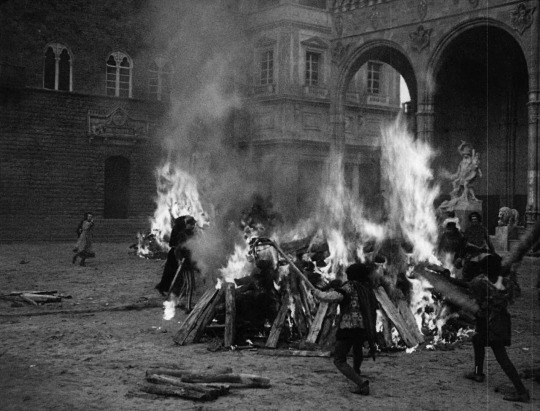


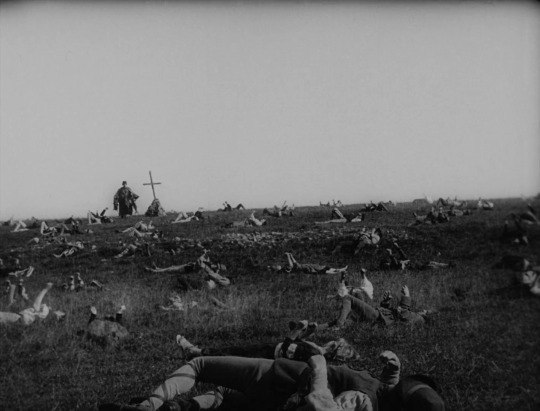
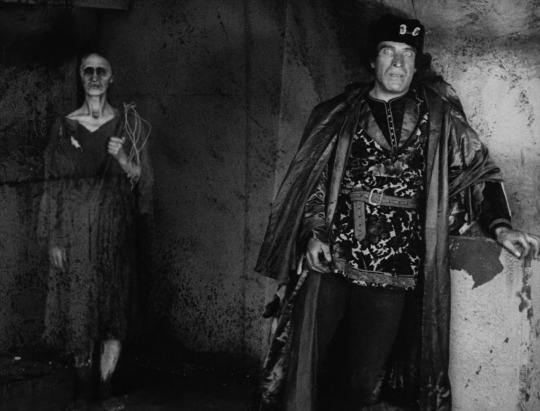



Die Pest in Florenz (Otto Rippert, 1919).
#pest in florenz#otto rippert#julietta brandt#willy hameister#carl hoffmann#emil schünemann#franz jaffe#die pest in florenz
14 notes
·
View notes
Text
I've got a lot of random snippets I may never use so here's a new series of me sharing random scenes in my google drive. This one is from a Mission Impossible idea, written before Dead Reckoning, where Ethan's kidnapped, his death is faked, he's tortured into submission and slowly brainwashed into being the bad guy's strong man. Here is Ethan seeing his friend's for the last time.
---------
Ethan watched from afar, hidden in the slight shadow of the alleyway but not too dark so he couldn't see. The world was busy, as it tended to be. The streets of London were full. Full of businessmen, tourists, a cyclist throwing their arms up in the air in annoyance and a woman laughing on the phone.
Busy, busy, busy. But not missing him. There was no Ethan shaped gap here as he wasn't sure why he expected one.
For there to be a gap in society one had to participate in it. And although Ethan sacrificed more than his share to save it, he should know by now that he was not part of society. And was never destined to be.
He was happy. Benji was laughing, outside a coffee shop. Ilsa sat to his right, Brandt next to her, Luthor opposite. Someone else was to Benji's left. He supposed, if there was to be am Ethan shaped hole somewhere in the world, it would be there, by his side.
But there wasn't one. Someone else was. Someone so wonderfully ordinarily handsome, in the most brilliant way. Not 'international spy who needs to seduce for a living' attractive, the kind of attractive that screamed that this person had a life, had a job, passions and hobbies, a family, one of blood or choice.
He had dark hair, 60's style thick rimmed glasses on. He looked tired yet sophisticated, the kind of guy who could listen to Chopin one minute and belt along to ABBA the next. Someone who fit Benji. Someone who could take him to the opera when it wasn't to find a nefarious terrorist.
Someone who could love him like he deserved.
Benji laughed. And all of this was worth it if Benji laughed, if he was at peace. If he was happy, then Ethan could survive.
It didn't matter if he couldn't be there to see it and wouldn't be the cause of them. Because yes, seeing Benji's fingers interlaced with the man to his left made him feel like he didn't have a heart anymore and he had to restrain himself from blowing his cover by storming over there and kissing him silly. But if he was happy, he could keep his distance.
"There you go, I've kept my part of the deal," Bad Guy said.
Ethan almost scoffed, but the fear that had been instilled into his bones stopped him. He knew that over time he wouldn't even know to scoff. They were going to remove all doubt from his mind, make him believe he was free and happy, maybe even forget that he used to be on the law's side.
He shuddered and looked back at his friends. Well, the people who used to be his friends. A sense of ease almost came over him. Almost because a bittersweet taste hit the back of his throat when he realised he'd never see them again. He hoped he never saw them again, it would break his heart if he did.
"At least tell me what they're doing?" He said.
Bad Guy huffed and Ethan heard the flick of a lighter, the crackle of a cigarette and the smell of smoke.
"Ilsa is running self defence classes in London, she's doing well, seems happy, has a cat." He said. "Brandt is the Secretary of the IMF, he's putting more care into each agent, treating them a bit more like people. Luthor is still outshining everyone with his tech skills,"
Ethan gulped, "And Benji?"
"He's left the IMF, started his own tech company, that man to his left is Carl Oswald, owns a bookshop, they've been together almost a year now," he said. "Benji's attending therapy, but he's doing better, he's happy."
Ethan nodded. There was that, at least
"They won't matter, in time." He had to ruin it. "They'll forget you, you'll forget them, everything will be better."
He stubbed out the cigarette and pulled Ethan along as the bittersweet feeling turned to a sick anger.
Better in time? He didn't want to forge them, they were his lifeblood and forgetting them would be worse than death.
"Come along, Mr Hunt."
And they were gone. Lost behind the crowds of people and soon to be gone from his memory.
Perhaps he couldn't stop the inevitable. This would be his life whether he wanted it or not, god knows he'd tried to escape. Perhaps it was better they forget him because it would make it a whole lot easier to fit into his knew life if he never had to fight them.
#benthan#mission impossible#mission: impossible#ethan hunt#benji dunn#luther stickell#ilsa faust#william brandt#can you tell I wrote this pre-dead reckoning#unfinished snippets#bear writes#wips
18 notes
·
View notes
Photo










Borgward Isabella Coupé
Has any automaker gone from oblivion to success and back again as quickly as Borgward? Mention the name today, and you're likely to get blank stares, or questions along the lines of "Borgward? Who made those?" It's hard to imagine any European posing that sort of question in 1955, when Borgward had risen from the post-war rubble to outsell all other German automakers but Volkswagen, or 1958, when the Bremen firm very nearly nipped Porsche for the German sports-car championship. And yet, by 1962, the company was gone, the victim of a tragic and avoidable series of circumstances.
The Isabella was a bull's-eye in the mid-priced sedan market segment. Volkswagens were less expensive, but smaller and less powerful. Mercedes-Benz's 180 sedan had the sophistication of an overhead cam, but no greater top speed, and cost 30 percent more than the Isabella's list price of 7,265 Deutsche Marks. Opel's Olympia Rekord couldn't touch its top speed, or its all-coil-sprung suspension; and BMW had nothing between the fantastically expensive "Baroque Angel" 501 and the Isetta-based 600 microcar. On top of it all, the press loved the car. By the end of 1954, more than 10,000 Isabellas had rolled out the factory gates.
The Isabella had thoroughly up-to-date underpinnings, with a coil spring at each corner, swing axles in the rear and A-arms up front. The engine, a pushrod four designed by Karl Ludwig Brandt, wrung 75hp from its 1,493cc, with its relatively high 8.2:1 compression ratio and good breathing. The intake manifold was entirely enclosed atop the engine, making for a tidy design that could have been mistaken for an OHC. So sound was the engine that, developed for racing, it powered Cooper-Borgwards to many Formula 2 victories in the Fifties. The Borgward RS, or Rennsport, became Porsche's nemesis in the hands of drivers like Stirling Moss, Jo Bonnier and Hans Herrmann.
If the Isabella had a flaw, it was that its development had been limited, and early cars suffered from weak engine bearings and front-end components. Competitors started a whispering campaign about "die Traumfrau mit der schmutzigen Unterwäsche," or "the dream girl with the dirty underwear," but Borgward, unfazed, worked with its suppliers to iron out the bugs, and no real harm was done to the model's reputation.
Just as with the Hansa 1500, new models were quickly spun off the Isabella. In 1955, Borgward launched convertible and station wagon versions, as well as a hot TS ("Touring Sport") model with a two-barrel carburetor that could top 90 MPH, leaving Porsche 1300s behind. As the decade wore on, new designs from its competitors and a softening economic situation led to declining sales, prompting Carl F. W. to add the most glamorous model yet to the Isabella lineup: the Coupé.
72 notes
·
View notes
Text

The U.S. 1870-S $3 Gold Coin
A great numismatic rarity was interred in the northeast cornerstone of the second San Francisco Mint on May 25, 1870, during a Masonic ceremony covered by the press. Struck especially for the event using modified dies, the 1870-S $3 gold coin joined a number of other extraordinary numismatic rarities in a copper casket in the new facility’s cornerstone, ostensibly out of collectors’ reach. The facility was completed in 1874 and would go on to serve the western region of the nation’s coinage needs until 1937.
In 1907, almost four decades after the cornerstone was laid, a second 1870-S $3 gold coin was offered in an ad published in The Numismatist by dealer H.T. VanCamp that declared:
“HERE IS A COIN ALL ALONE BY ITSELF. Never in circulation – Never before in the market. With the Coin is an interesting little history by the Coiner who made it.”
The Mint’s cornerstone remained intact, raising questions about the purported uniqueness of the 1870-S.
It was a mystery that took more than a century to unravel.
In March 2004, numismatic researchers Nancy Oliver and Richard Kelly uncovered a Mint document confirming details of the creation of an 1870-S $3 gold coin and its placement in the second San Francisco Mint building’s cornerstone.
Two sets of Indian Princess three-dollar gold dies dated 1870 were shipped to San Francisco in December of 1869. The “S” mint mark was not punched into the dies before they left Philadelphia for San Francisco. Joseph Breck Harmstead, a coiner at the San Francisco Mint, hand-carved the mint mark into one of the dies and struck a coin for inclusion in the casket. Harmstead had previously worked at the Philadelphia, New Orleans, and Carson City Mints, and was promoted to coiner in 1869 at the first San Francisco Mint.
Mr. Harmstead struck a second example of the 1870-S $3 gold coin as a gift for his niece Georgine and included a letter explaining the coin’s origin, according to Kelly and Oliver’s research. The letter read “This Three Dollar piece is a duplicate of one under the cornerstone of the San Francisco Mint and the only one in existence (Dannreuther, 453).” Researchers wonder if that letter was the “interesting little history” VanCamp mentioned in his ad.
Harmstead’s letter to his niece remains elusive, evading a number of researchers. Kelly thinks that the letter was hidden or destroyed by someone to “maintain the coin’s supposed uniqueness.” Harmstead’s niece Georgine was living in New York as a widow by 1900, and Kelly and Oliver think that she sold the coin to VanCamp around 1907 before passing away in 1910. The author of this article is not aware whether the letter turned up. If it has, we would welcome your correspondence.
The numerals “893” were scratched into the coin’s surface at some point in its history. Kelly, Oliver, and Dannreuther think they refer to the coin’s fineness, while Doug Winter, an expert on early U.S. gold coinage, disagrees. In a phone interview conducted on January 14 of this year, Winter said that he has “never heard a good explanation as to what those numerals stand for.”
The “primary” example of the coin remains sealed in the cornerstone of the second San Francisco Mint along with a number of other rarities.
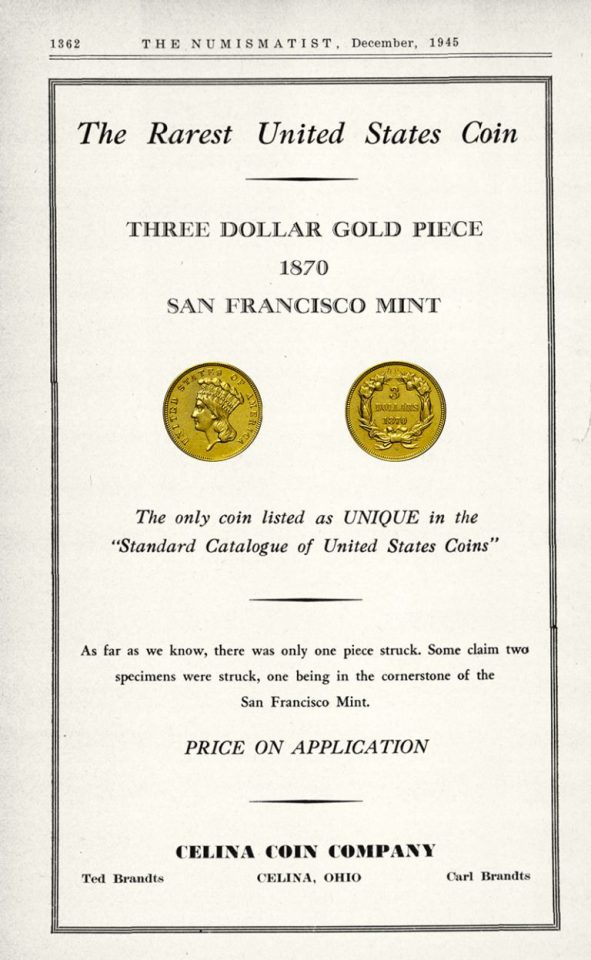
The 1870-S $3 gold coin passed through the hands of a number of prominent numismatists after it surfaced. William H. Woodin bought the coin from Van Camp in 1907. In 1911, it was sold from Woodin’s collection. Waldo Newcomer purchased the coin and placed it in his legendary collection. Colonel E.H.R. Green owned the coin from 1931 to 1936. Two prominent coin dealers, B. Max Mehl and Abe Kosoff, both handled the coin. In December 1945, dealers Ted and Carl Brandts published a full-page ad in the Numismatist offering the coin, calling it “the only coin listed as Unique in the Standard Catalogue of United States Coins“. Louis Eliasberg, a famous New York numismatist, bought the coin in 1946 and it remained in his collection for nearly four decades. Harry W. Bass Jr. bought the coin in 1982 for $687,500 from Bowers and Ruddy’s Eliasberg Sale. The latter portions of its long, star-studded provenance earned it the nickname “Eliasberg-Bass Specimen”. Since 2000, the Eliasberg-Bass Specimen has been on display at the American Numismatic Association’s Edward C. Rochette Money Museum in the Harry W. Bass Jr. Collection, part of the only complete collection of U.S. $3 gold coins.

As for condition, the coin exhibits detail consistent with a grade of Extremely Fine. Many observers point to its “pebbled” appearance as evidence of it being used in jewelry. The Harry Bass Jr. Foundation’s website describes the obverse and reverse:
Obverse: Die scratch from denticle above O(F) to (O)F. Reused for Proofs of 1874 and 1875. Very lightly hubbed; tops only of J.B.L. visible, portion of front of headdress missing (distinctive). No ‘Ghosting’. Reverse: Open 3. Date very low, barely above ribbon loop; level relative to DOLLARS. All characters firmly punched and distinct. Left interior leaf opposite date is a thin, broken remnant with minuscule base at junction with wreath leaf below. Right interior leaf is thin. Lower one-third of left bow loop and center space filled. Right loop clear with but a stub of vertical ribbon element within, and none projecting into field from top of right loop.
The Bass description makes no mention of the graffiti that mars the top of the reverse or the tiny “3” that appears on the leaf that runs parallel and to the left of the bottom of the three.
A Third Example Surfaces?
In 2012, gold collectors sat up and took notice as Georgia-based Four Season Auction Gallery claimed that another 1870-S gold $3 coin had been discovered in San Francisco and would be auctioned. Four Seasons claimed that the coin was found embedded in a souvenir book by a European tourist in 1997, and the coin drew widespread media attention; Fox News reported the auction firm’s claim that the coin could fetch $3 or $4 million.
A number of experts doubted the coin’s authenticity and before the auction, it was not authenticated by any reputable grading service, and ultimately, the coin was withdrawn. Dave Harper wrote critically in Numismatic News:
“If I had $2 million or $4 million, I certainly would not be bidding on what is claimed to be a possible second example of an 1870-S $3 gold piece.”
While the Four Season coin’s authenticity has never been established, the firm’s estimate of its potential value (had it been authentic) was not far off. Doug Winter shared an estimate of the 1870-S $3 gold coin’s value on the CoinWeek Podcast as being $5 million. In talking about the Bass coin, how on exhibit at the ANA’s Money Museum, he elaborated that such a coin would likely only interest experienced collectors because of its impaired appearance and niche appeal.
“It’s not an especially attractive coin,” Winter said. “I think it would be very difficult to get somebody that knows nothing about coins excited about a no-grade 1870-S $3.”
Nevertheless, the 1870-S $3 gold piece was ranked #17 among in the fifth edition of Jeff Garrett’s 100 Greatest U.S. Coins. It is an exceptionally rare coin about which many stories have been told. Far from a perfect coin, its murky history, and impressive provenance place it among the most notable American numismatic rarities and an enigma in the U.S. series.
And you can’t assemble a complete collection of U.S. coins without it.
Coin Specifications
Country: USA Year Of Issue: 1870 Denomination: Three Dollars Mint Mark: S (San Francisco) Mintage: 2 Alloy: .900 gold, .100 copper Weight: 5.015 g Diameter: 20.5 mm Edge: Reeded OBV Designer James B. Longacre REV Designer James B. Longacre Quality: Business Strike
By CoinWeek IQ.
#The U.S. 1870-S $3 Gold Coin#gold#gold coin#collectable coins#rare#unique#treasure#ancient artifacts#history#history news#long reads
26 notes
·
View notes
Text







Edith Walker (1968-1950) as Isolde
She sang at age 14 as a soloist in the Old Church of Hopewell, then in Utica (New York) and on Long Iceland. She worked for a while as a school teacher. She came to Europe in 1891 and was trained by Aglaia Orgeni in Dresden. Further studies with Marianne Brandt in Vienna. She made her debut in 1894 at the Berlin Court Opera as Fides in ‘’Prophet’’ by Meyerbeer. First major success in 1895 with a concert in Leipzig Gewandhaus under Carl Reinecke. In 1895 she was engaged by the Vienna Court Opera, where she sang the role of Fides in ‘’Prophet’’ by Meyerbeer and Azucena in ‘’Trovatore’’ and remained until 1903. In 1896 she sang in the Vienna premiere of the opera ‘’The Evangelimann’’ of Kienzl. At the Salzburg Mozart Festival in 1901 she created the role of Donna Elvira in ‘’Don Giovanni’’. In 1903, after a dispute with Gustav Mahler, she left the Vienna Opera House. In 1903 she was engaged by the Metropolitan Opera in New York, where she made her debut as Amneris in ‘’Aida’’. She appeared at the Metropolitan Opera in “Lohengrin”, “Tristan und Isolde”, ‘’Faust’’, “Gioconda”, ‘��Martha’’, ‘’Favorita’’, “ and ‘’Lucrezia Borgia’’ (1904). In 1905 she sang here in the premiere of Johann Strauss’s operetta ‘’Die Fledermaus’’. Then she joined in the 1906-07 season at the Court Opera in Berlin and from 1907 to 1912 was a celebrated artist of the Hamburg Opera. At the Covent Garden Opera in London she performed in 1900 as Amneris, Ortrud, Fricka and Waltraute, then in 1908 and 1910 as Isolde as well as Thirza “The Wreckers” by Mrs. Ethel Smith and Elektra on 10/19/1910 in the English premiere of Richard Strauss’s opera ‘’Elektra’’. She made guest appearances in Brussels, Leipzig, Frankfurt (1907-12), Cologne and Prague with great success, she was especially admired as an interpreter in R. Wagner’s operas. At the Bayreuth Festival in 1908, she sang the role of Kundry in ‘’Parsifal’’ and Ortrud in “Lohengrin”. In 1910 she sang with great triumph in the Strauss Festival in Holland as Salome and Elektra. In 1909 she sang at the Beethoven Festival in the Hague the role of Leonore in ‘’Fidelio’’ under Willem Mengelberg. In the 1912-1917 seasons she worked at the Court Opera in Munich. In 1918 she sang at the Municipal Theatre of Elberfeld her farewell performance in Nibelungenring. After her retirement from the stage, Walker resided in Scheveningen, Holland until 1919 when she moved to Paris. She worked there as a voice teacher where she taught out of a private studio. In 1933 she joined the faculty at the American Conservatory in Fontainebleau where she taught through 1936. She then moved back to New York City where she continued to teach until her death 14 years later. Among her notable pupils were Irene Dalis and Blanche Thebom. She died at her home in New York City in 1950 at the age of 79 after a brief illness.
#classical music#opera#music history#bel canto#composer#classical composer#aria#classical studies#maestro#chest voice#mezzo-soprano#Edith Walker#tristan und isolde#tristan and isolde#richard wagner#classical musician#classical musicians#classical history#history of music#historian of music#muscian#musicians#diva#prima donna#Royal Opera House#Covent Garden#Metropolitan Opera#The Metropolitan Opera#Met#The Met
3 notes
·
View notes
Text
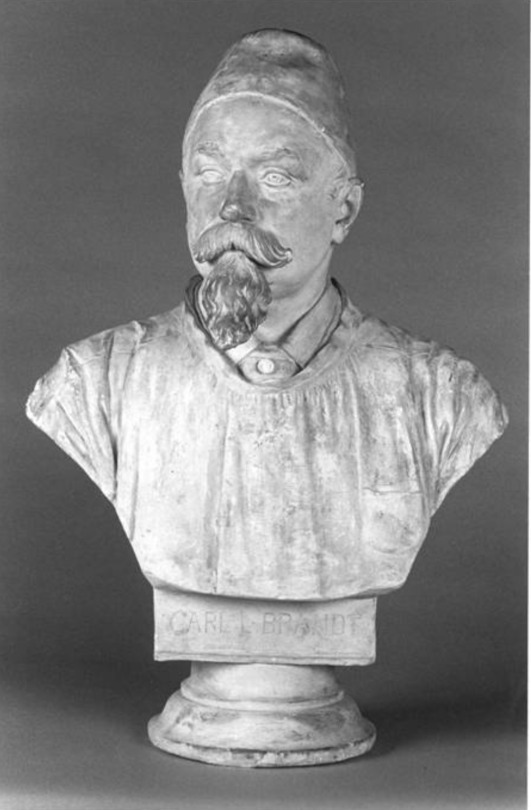
Carl L. Brandt
John Walz, 1891
3 notes
·
View notes
Text
Streaming today:
Rebecca Das Musical, 15.04.2012
Cast: Lucy Scherer („Ich“), Thomas Borchert (Maxim de Winter), Pia Douwes (Mrs. Danvers), Hannes Staffler (Jack Favell), Mona Graw (Mrs. Van Hopper), Kerstin Ibald (Beatrice), Jörg Neubauer (Frank Crawley), Daniele Nonnis (Ben), Lena Brandt (Clarice), Udo Eikelmann (Giles/Horridge), Erwin Bruhn (Oberst Julian), Matthias Graf (Frith), Fehmi Göklü (Robert), Christina Maria Brenner, Valerie Link , Michaela Schober, Maike Switzer, Melanie Walter, Gemma West, Frederik Andersson, Christian Kerkhoff, Hendrik Schall, Carl van Wegberg
Where? European Musical theatre (discord link shared below)
When? 7pm (gmt+1) Room opens 10 min before
Feel free to share/join/reblog!
#european musicals#european musical theatre#rebecca das musical#rebecca#pia douwes#thomas borchert#lucy scherrer#michael kunze#sylvester levay#musical
11 notes
·
View notes
Note
What If Scenario. The Pandemic never happened, but the renovations at Her Majesty’s eventually did. During that time, they put together a concert-like production of Phantom like they did with Les Mis in 2019. Who would you have cast in each part? Feel free to include Ensemble & Understudies
I think I answered something very similar before where I said that I'd love to have had an international celebration, with recent, fan-favorite, or long-running members from productions all over the world given an opportunity to perform and do, like, one song each, along with the then-current cast at the time. So I guess it might be something like:
Phantom: Josh Piterman (London), Ben Crawford (Broadway), Derrick Davis (national tour), Osamu Takai (Japan), Alexander Goebel (Vienna), Colm Wilkinson (Toronto), Peter Karrie (Canadian tour), Peter Joback (Stockholm), Ian Jon Bourg (Germany), Anthony Warlow (Australia), Henk Poort (Scheveningen), Juan Navarro (Mexico City), Hans Peter Janssens (Antwerp), Tomas Ambt Kofod (Copenhagen), Hong Kwang Ho (Seoul), Juan Carlos Barona (Madrid), Sandor Sasvari (Budapest), Saulo Vasconcelos (Sao Paulo), Damian Aleksander (Poland), Carlos Vittori (Buenos Aires), Marian Vojtko (Prague), Stephen Brandt Hansen (Estonia), Ivan Ozhogin (Moscow), Ilkka Hamalainen (Helsinki), Adrian Nour (Bucharest), Nikola Bulatovic (Belgrade), Vladimir Grudkov (Sofia), Jonathan Roxmouth (World Tour), Espen Grjotheim (Oslo), Ben Forster (Greece), Killian Donnelly (UK Tour)
Christine: Kelly Mathieson (London), Meghan Picerno (Broadway), Emma Grimsley (national tour), Sae Yamamoto (Japan), Luzia Nistler (Vienna), Rebecca Caine (Toronto), Teresa DeZarn (Canadian tour), Emmi Christensson (Stockholm), Valerie Link (Germany), Ana Marina (Australia), Joke de Kruijf (Scheveningen), Irasema Terrazas (Mexico City), Inneke van Klinken (Antwerp), Sibylle Glosted (Copenhagen), Kim So Hyun (Seoul), Julia Moller (Madrid), Barbara Fonyo (Budapest), Lina Mendes (Sao Paulo), Edyta Krzemien (Poland), Claudia Cota (Buenos Aires), Monika Sommerova (Prague), Maria Listra (Estonia), Tamara Kotova (Moscow), Sofie Asplund (Helsinki), Irina Baiant (Bucharest), Mirjana Matic (Belgrade), Vesela Delcheva (Sofia), Claire Lyon (World Tour), Astrid Giske (Oslo), Amy Manford (Greece), Holly-Anne Hull (UK Tour)
Raoul: Danny Whitehead (London), John Riddle (Broadway), Michael Maliakel (national tour), Kanji Ishimaru (Japan), Thorsten Tinney (Vienna), Laird Mackintosh (Toronto), Kip Wilborne (Canadian tour), Anton Zetterholm (Stockholm), Nicky Wuchinger (Germany), Alexander Lewis (Australia), Peter de Smet (Scheveningen), someone who's not Jose Joel (Mexico City), Michael Shawn Lewis (Antwerp), Christian Lund (Copenhagen), Son Jun Ho (Seoul), Armando Pita (Madrid), Zoltan Miller (Budapest), Nando Prado (Sao Paulo), Marcin Mrozinski (Poland), Nicholas Martinelli (Buenos Aires), Tomas Vanek (Prague), Koit Toome (Estonia), Evgeny Zaycev (Moscow), John Martin Bengtsson (Helsinki), Florin Ristei (Bucharest), Slaven Doslo (Belgrade), Denko Prodanov (Sofia), Matt Leisy (World Tour), Carl Lindquist (Oslo), Nadim Naaman (Greece), Rhys Whitfield (UK Tour)
Is that way too many cast members? Probably! Are there even enough scenes for each of them to perform together? Unlikely! Did I give up doing supporting, ensemble, and understudies because it was too exhausting? Definitely! Do I even know who some of these people are or if they want to come back at all? Not really!
But you have to admit - it's a huge and very international cast!
6 notes
·
View notes
Text
0 notes
Text


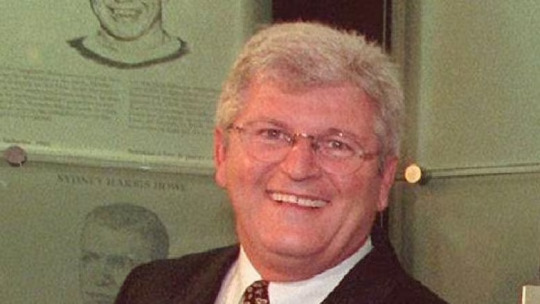













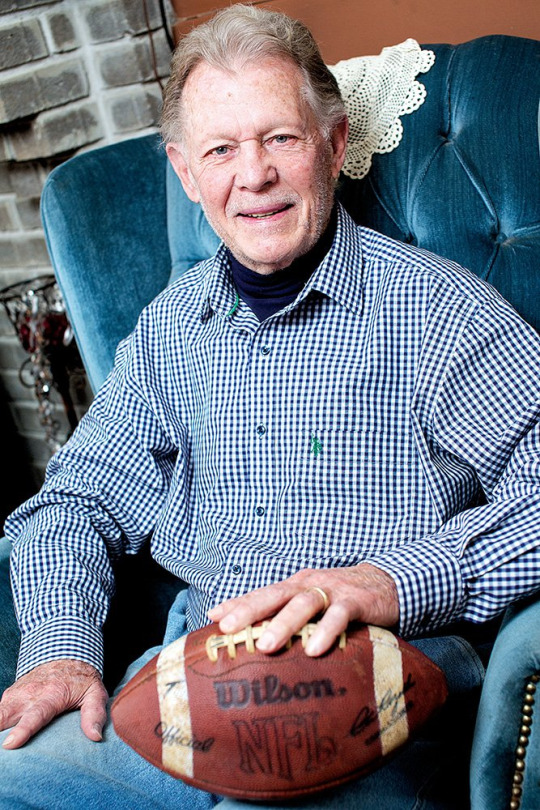
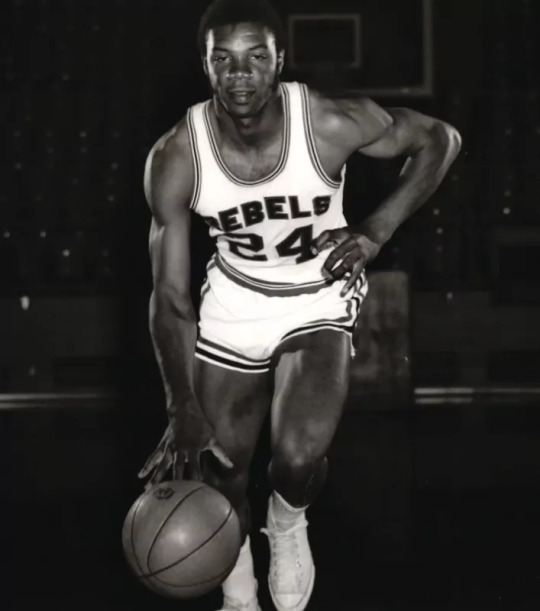








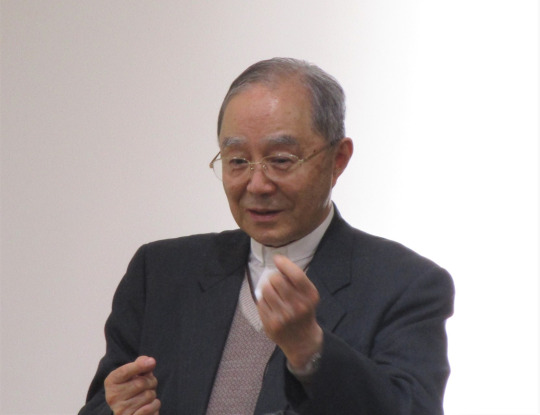

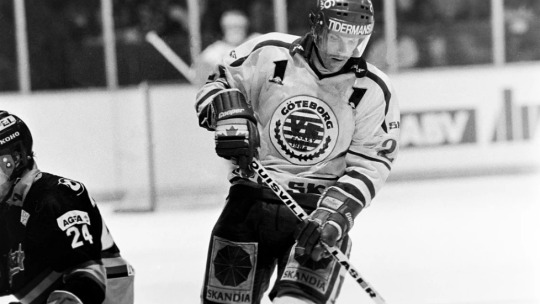
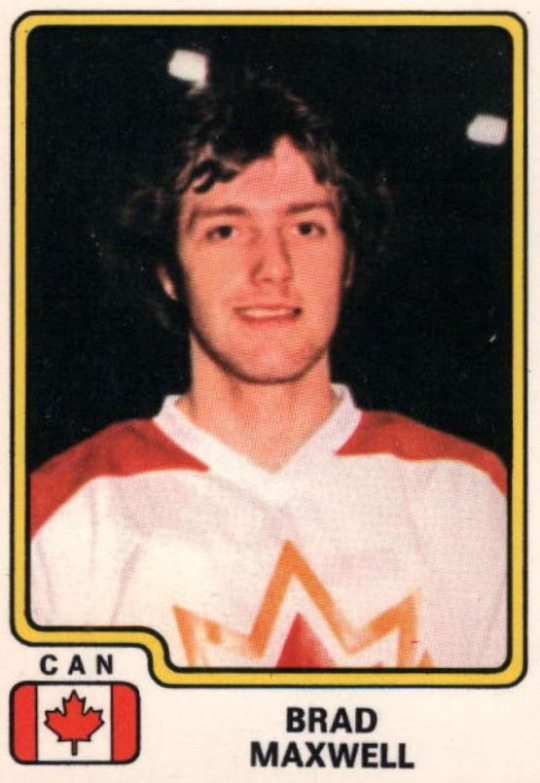
2023 In Memoriam Part 33
Suk-Won Kim, 78
Clay Mathile, 82
Yvan Pedneault, 77
Tony Roberts, 94
Archbishop Maurice Lucien Fréchard, 95
Don Sundquist, 87
Pat Corrales, 82
Joe The Plumber, 49
Denyse Plummer Boocock, 69
Dennis Kramer, 31
Franne Newman aka Franne Lee, 81
Brig. Gen. Paul D. Phillips, 105
Rich Stubler, 74
Bishop Rabban Al-Qas, 74
August 08, 31
Col. Carl C. Johnson, 97
Ken Stephens, 92
Coolidge Ball, 71
Jamie Christopher, 52
Waldemar Victorino, 71
Jack Sonni, 68
Gil Brandt, 91
Silvina Luna, 43
Aparna P. Nair, 33
Jimmy Buffett, 76
Ludovic Vaty, 34
Bishop Paul Kazuhiro Mori, 84
Walter Arlen, 103
Peter Gustavsson, 65
Brad Maxwell, 66
#Religion#Tributes#Celebrities#Money#Cars#South Korea#Food#Animals#Ohio#Books#TV Shows#Sports#Hockey#Canada#Quebec#Football#Illinois#France#Politics#Tennessee#Baseball#Georgia#Wisconsin#Music#Trinidad & Tobago#Basketball#Germany#New York#Florida#Colorado
0 notes
Photo

Check out Saskia Rem Brandt, "Talking to a dog", Old Master Style, Museum quality, Quote to Carl Spitzweg (2017), From Gallery Fedorova
0 notes
Text

MWW Artwork of the Day (9/25/23) Carl Ludwig Brandt (German/American, 1831-1905) The Berry Pickers (1862) Oil on canvas, 20.3 x 25.4 cm. Private Collection
Brandt was born near Hamburg in Holstein, Germany. His father and grandfather were physicians in Hamburg. His father taught him drawing at the age of seven, and he subsequently studied in the principal galleries of Europe, including the Academy of Art in Copenhagen. He served in the First War of Schleswig (1848–1850), between Germany and Denmark.
0 notes
Text
Top Ten(ish) Tuesday: TMC Easy #4

Coming in at #4 for most checked out picture books last year was actually a several-way tie! The book being featured from that set is the book Jingle Dancer by Cynthia Leitich Smith. It tells a great story about a Native American tradition and how it's shared by women of different generations in a family.
A few more great books tied in 4th place include:
No, David by Shannon
Maddi's Fridge by Brandt
The Bad Seed by John
The Proudest Blue by Muhammad
The Very Hungry Caterpillar by Carle
#tmc#picture books#teaching materials center#memorial library#suny cortland#children's literature#top ten tuesday#diverse literature#native americans
1 note
·
View note